Inkjet printing organic pigment ink (2)
2 Inkjet printing ink
The ink-jet printing technology for inks for paper has been well-developed. The ink-printing research for textile ink-jet printing is still in its infancy, and products are under development. The ink formulation or colorant composition for ink jet printing must meet stringent physical and chemical standards, have specific properties to form the best droplets, be suitable for a specific ink jet printing system, and obtain excellent images and color. Brightness. Basic performance and requirements of ink-jet printing inks or pastes are as follows [5,6]:
2.1 surface tension
The surface tension of the ink droplet formation and printing quality is very obvious. There is no spill around the nozzle, the droplet break length, droplet stability, droplet formation speed, and whether it is running straight. In short, the advantages and disadvantages of droplet formation are affected by surface tension. If the surface tension is too large, the ink is not likely to form small droplets, and long breakage lengths may occur, or break off into "tail-tailed" droplets (see Figure 1) that directly affect the quality of the pattern. Too high a surface tension makes the nozzle surface less susceptible to wetting, and the buildup of ink around the nozzle can affect the linear operation of the fine droplets and the reproducibility of the printing effect. It also affects the wetting and penetration of the droplets on the fabric. The surface tension of the ink must be lower than the surface energy of the fiber, such as the surface energy of cotton is 64mN/m, polyester is 43mN/m, nylon is 46mN/m. Too low a surface tension will cause the droplets to become unstable and even form a "satellite" shape, creating a sputtering spot and affecting the circle.
The recommended surface tension range for CIJ printers is 40-60mN/m, and for DOD thermal inkjet printers is typically 40-5OmN/m.

Figure 1 High-speed photography with falling droplets [7]
2.2 Viscosity
Viscosity is another important physical property, and the ink's viscosity, along with surface tension, affects the formation of ink droplets. The high viscosity will cause the broken tail to drag and pull; the viscosity is too small and the droplets will break easily. Affected by the viscosity is the jetting speed of the droplets. If the viscosity is too high, the jetting speed will be reduced and even the droplets cannot hit the same point on the printed substrate. Inks used for ink jet printing should have a very low viscosity compared to conventional printing pastes. The CIJ is usually 2-lOm.p/as, and the DOD technique is about 10-30m.p/as.
2.3 particle size
The average particle diameter and the maximum particle diameter are used to represent the particle size of the ink. The particle size is larger than the maximum particle size and cannot be used. It is also required that the particle size remain unchanged or change little under high shear (eg stirring, high speed through the nozzle) and at different temperatures. The average ink particle size used for CIJ printing machine is less than 0.5μm and the maximum value is not more than lμm. Because the diameter of the nozzle is only 5μm, when the ink passes through the nozzle, the small-sized particles may aggregate into large particles around the nozzle, and the large and irregular particles may cause difficulty and instability of the droplet formation, resulting in nozzle clogging. At present, the nozzle has become a consumable product with a life of 0.5-1 years.
2·4 conductivity
In CIJ printing equipment, the ink droplets are deflected by the charge, so the ink must have the ability to conduct electricity, and the conductivity is required to be above 750 Siemens. However, the ink system of the aqueous phase itself has a good electrical conductivity, and only a special conductivity modifier is added to the solvent-based ink system.
There is not much research on the colorants in inkjet printing inks. At present, ink jet printing is mainly used for cellulose fibers and silk fabrics. The dyes used are reactive dyes. For example, Stork and Zeneca have cooperated and developed high-purity certain Procion P dyes, which are reactive dyes of monochlorotriazines. [8]. Others such as Ciba's Cibacron MIjnk have 8 varieties, which are a water-soluble series for inkjet printing of piezoelectric and thermal bubble jet technology; DyStar's Jettex R type has 13 varieties and Jettex R ink. The nine varieties are purified reactive dyes [8,9].
In conventional printing, reactive dyes, alkalis, pastes, and other additives are mixed together to make a paste for printing. After printing, they are dried, steamed or baked, and finally washed. Inkjet printing Due to stringent dye purity requirements and the required conductivity of the continuous spray elbow on the ink, other printing chemicals used (including alkaline agents, urea, sodium alginate, etc.) cannot be added to the ink. Therefore, it is necessary to pre-treat these chemicals before printing, then dry, inkjet, then dry, steam, and wash.
Other water-soluble and water-dispersible dyes for polyamide fibers and polyester fibers can be used for CIJ system and DOD system printing. Their special dyes such as: Cana's Lanaset SI series, there are seven varieties of water-soluble acid dyes, features suitable for piezoelectric pulse and thermal bubble jet technology for wool, silk and polyamide fiber inkjet printing, with bright The color and excellent wet fastness and light fastness. Terasil DI series has 8 varieties, which are water-based disperse dyes, can be used for the printing of polyester piezoelectric and thermal bubble jet technology, and has excellent high temperature and light fastness, especially for automotive interior textiles. Terasil TI ink is another Ciba company disperse dye series for inkjet printing, there are five varieties.
The ink for ink jet printing has a strong specificity. In different ink jet printers and different ink jet printers (thermal bubble, piezoelectric, and deflection), the ink used is not the same and it is difficult to make general purpose ink. Ink-jet printing ink. Even some manufacturers (eg, Epson, Canon, Hewlett-Packard) have chips on the nozzles, and they must use the ink they produce, which makes it difficult to research and develop inkjet printing inks.
these 12mm lashes are short and one kind of Mink Lashes. it is 100% real mink fur lashes. as it is fallen off naturally, it is totally no harm to animals. we also have various lash cases. private label and custom box are available. meanwhile we can do retail and wholesale. welcome to visit our website and place the order. you can see how it looks from the model bellow.
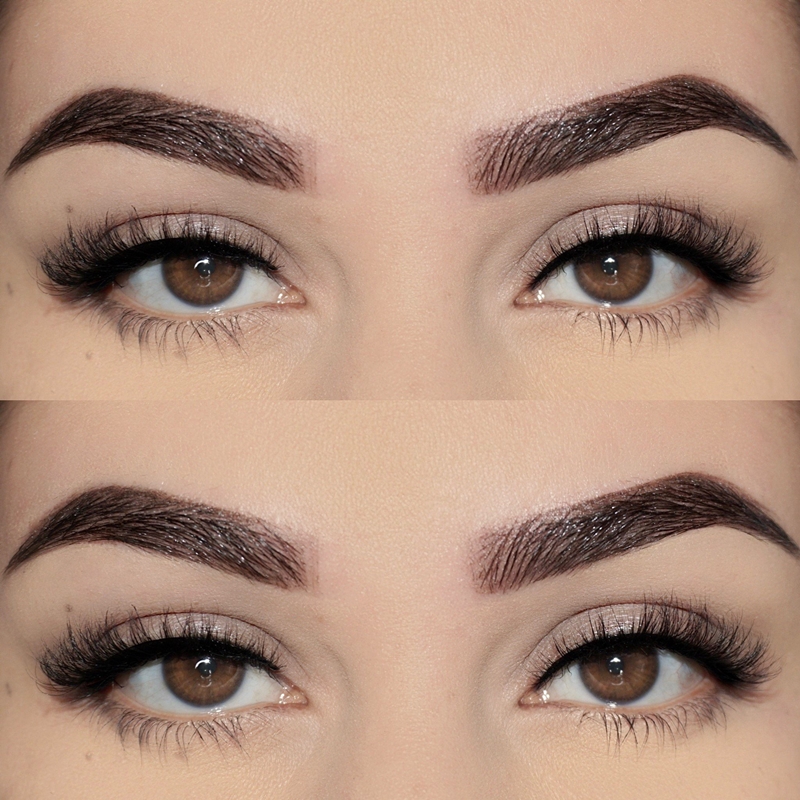


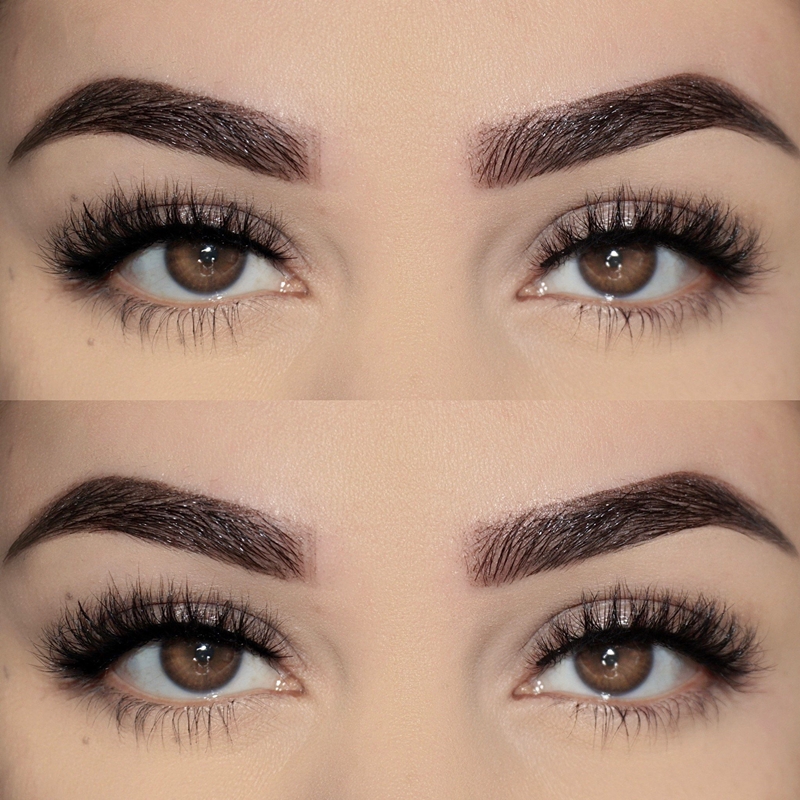


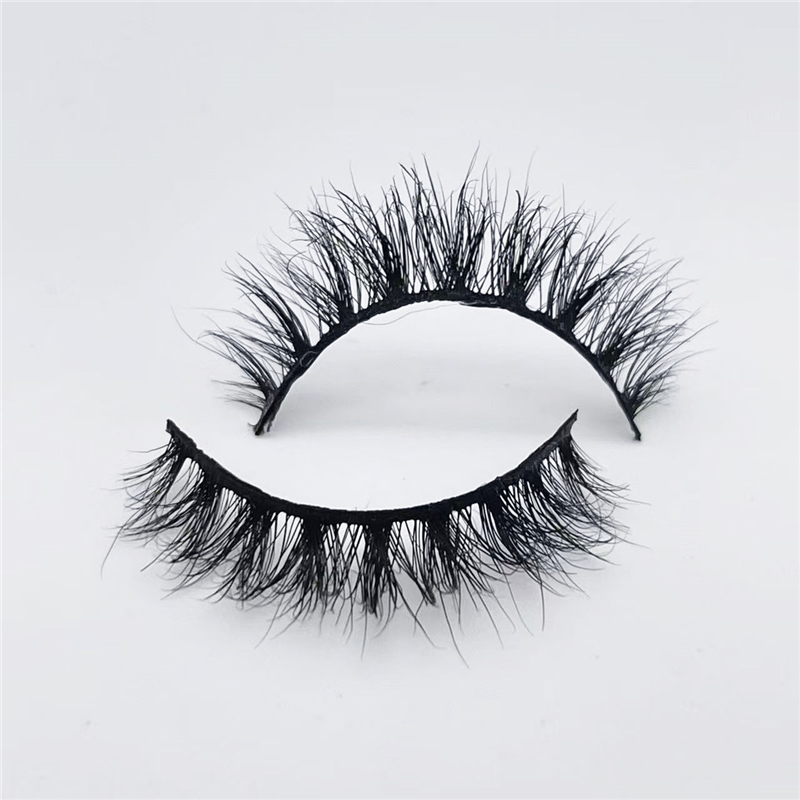
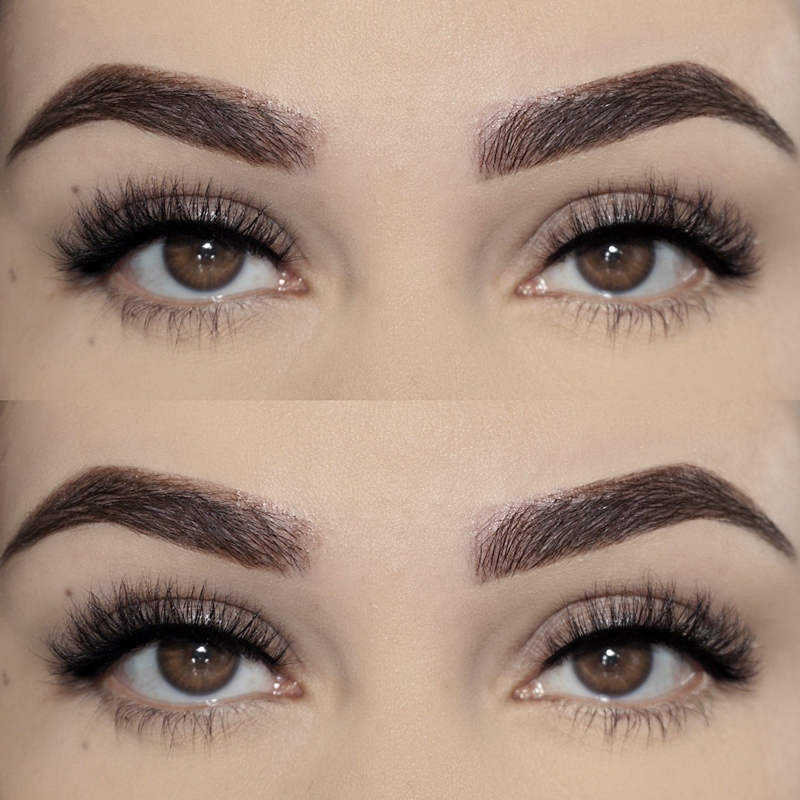
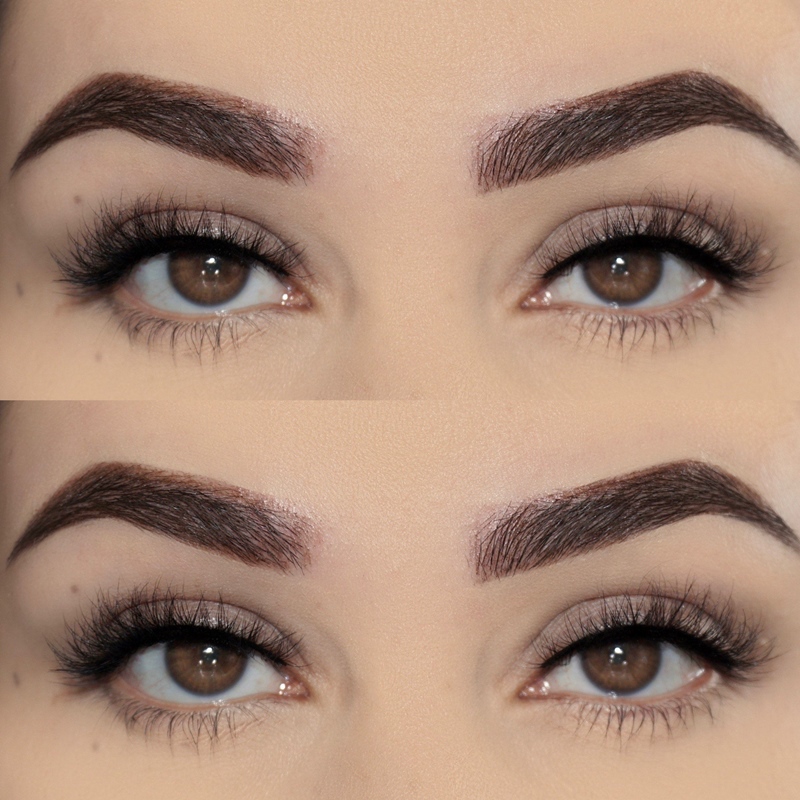
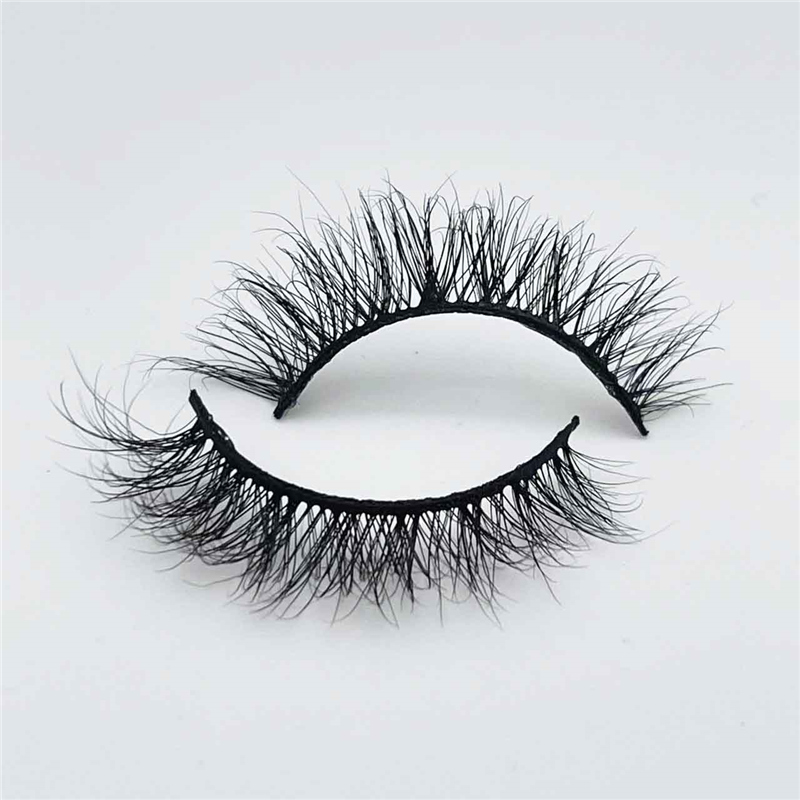
12Mm Lashes,False Eyelashes,12Mm Mink Lashes,Wispy Mink Eyelashes
Zhengzhou Cuka Electronic Commerce Co., Ltd. , https://www.cukeyelashes.com